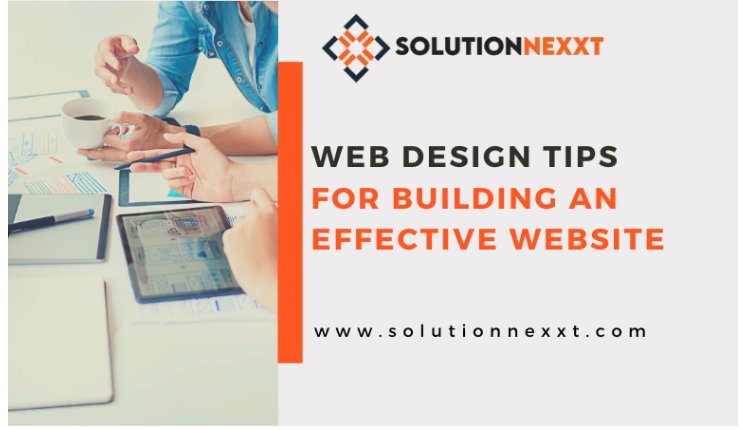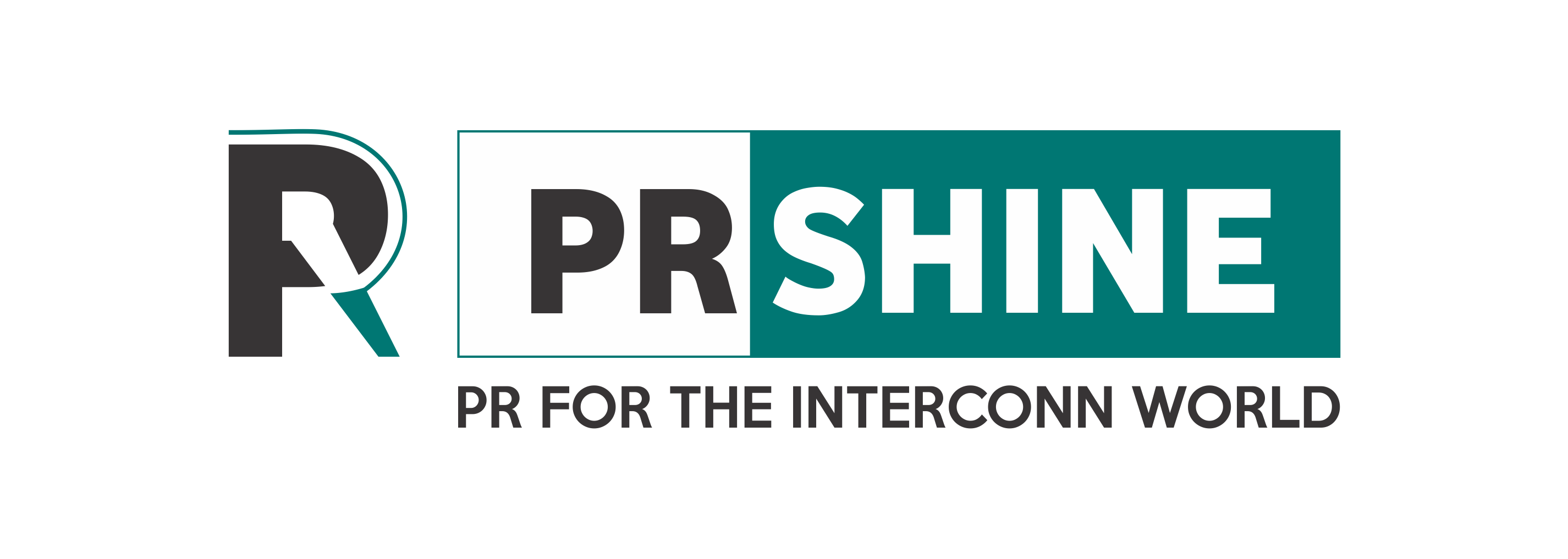6 Web Design Tips for Building an Effective Website
Do you want to create a website that gets results? Our team has created a list of six web design tips for successful and effective business websites.

A website is something that everyone who uses the Internet is familiar with. Websites constitute the majority of the Internet from a non-technical standpoint. Everything we search for and browse on the internet can be found on one of several websites. Most of us understand how a website works from the perspective of a user, but it is vastly different from the perspective of a designer. Aside from the fundamentals, many factors influence the quality of a website.
Starting with the basics is the key to great website design. Here’s how to make your website lively and useful instead of dull and useless.
It’s essential to have a clear, user-friendly website no matter what kind of business you run. Your company website not only acts as the online hub for your company and product line, it also acts as the foundation for your entire digital marketing strategy, providing a focal point for connecting customers to your brand and company. Poor website performance can thwart these efforts and break these connections before they even begin.
Here are six tips that you might want to keep in mind for designing a great website.
6 Essential SEO Tips for Manufacturing Companies
1.Optimize Each Page for Mobile Users
These days, you can’t make a list of advice for web design without including mobile optimization near the top. Why? Because in 2022, mobile is important. In fact, so much so that almost 80% of users claim that a mobile-friendly website increases the likelihood that they will visit it again or recommend it to others. Your company is missing a simple opportunity to encourage repeat visits and promote your brand if your web designer isn’t focused on creating a good and responsive website for mobile.
More customers are searching for and researching businesses online using mobile devices. If your web pages don’t load properly or your website isn’t optimised for mobile devices, potential customers will probably leave your site and business quickly in favour of rivals operating in the same niche. The more mobile issues you have, the more damage they do to your brand, reputation, and bottom line. They also make it much more difficult to bring in new customers.
2.Minimal but Attractive Homepage
The first page a user sees when visiting a website is the homepage. Whether a visitor stays or leaves depends on the homepage’s quality.
The first page should never be overcrowded and should be kept simple. Your enemy can be too much information, especially when it comes to text. The user will probably skip reading it if there are too many words. The main points should be highlighted, and only important points should be allowed. Headings and subheadings should be present, followed by succinct and informative detail paragraphs. It should be accompanied by pertinent, appealing images that are related to what you have to offer.
Your logo must appear at the top of the page. Your logo embodies the value of your brand and gives you a distinct identity that can draw customers to you. Links to various sections of your site’s information, such as contact details, brand information, social media integration, etc., should be included at the page’s bottom.
3.Maximize your load times
Slow websites are your worst enemy, making it difficult to retain prospects and move them closer to the point of purchase. Whether you like it or not, today’s savvy, seasoned site visitors expect websites to load quickly, and if your homepage or blogs don’t appear quickly, they’ll likely go elsewhere to find what they’re looking for.
In other words, the loading time of a website is an important, if not critical, component of any practical and responsive design effort. It has a lasting impact on the visitor experience and, ultimately, your conversion rate. Understanding how fast your pages load and how to optimise those loading times isn’t just another website design tip to ignore or gloss over. It’s an important part of the web designer’s job and should always be a top priority when creating a visually appealing site design.
4.Easy To Navigate
The ease of use of a website’s navigation is always a plus. It should be easy for a user to get to their desired point, especially if it contains a lot of data and information. To begin with, having a clickable link to everything you have in stock is a must. You can group them together in a single tab with different sections. The images of your products or services should be clickable and contain links to more information about them. Call-To-Action (CTA) buttons include these. The actions specified by these buttons are carried out when you click on them. CTAs can be advertisements or links to social media platforms that are integrated into website navigation.
5.Place your contact information above the fold
If your company relies on customers being able to contact you or your sales team, make sure that information is easily accessible.
“Your contact information should be visible, preferably at the top of the homepage,” Brajesh Kumar, CEO of solutionnexxt.com, so visitors don’t have to search for a phone number or address if they want to contact the business.
If you use social media to connect with customers, include links to your social media accounts in the website’s header or footer, where they can be easily found.
6.Incorporate SEO Best Practices
You could have the best website in your industry, but it won’t help you if people can’t find it. While you can spend money on ads to drive prospects to your website, bringing free organic search traffic to your site is more cost-effective and effective in the long run.
After crawling bots discover your site, it is indexed, which means it is examined for content, including keywords, freshness, relevance, links, and multimedia. Make sure your site is constantly updated with new, relevant content related to the keywords you want to rank for.
Finally, ranking is how search engines determine which results are the best for a given search. Relevance and authority are used to determine ranking. Include a lot of relevant content, such as individual articles on various aspects of a particular topic. The size of your site, its traffic, and the number of well-respected sites that link to yours all contribute to its authority. Small business SEO tools facilitate site optimization.
Conclusion
A good website can help you build your brand, increase traffic to your blog, and earn money. Designing a website is a difficult task, which is why there are professionals who do it for a living. Even if you are not a professional, there are tools available to help you with the task. These six elements, whether professional or amateur, should always be your top priorities when designing a website.
To learn more about our web design services schedule a free 30-minute consultation, Get in touch with us on info@solutionnexxt.com


 solutionnexxt
solutionnexxt 









